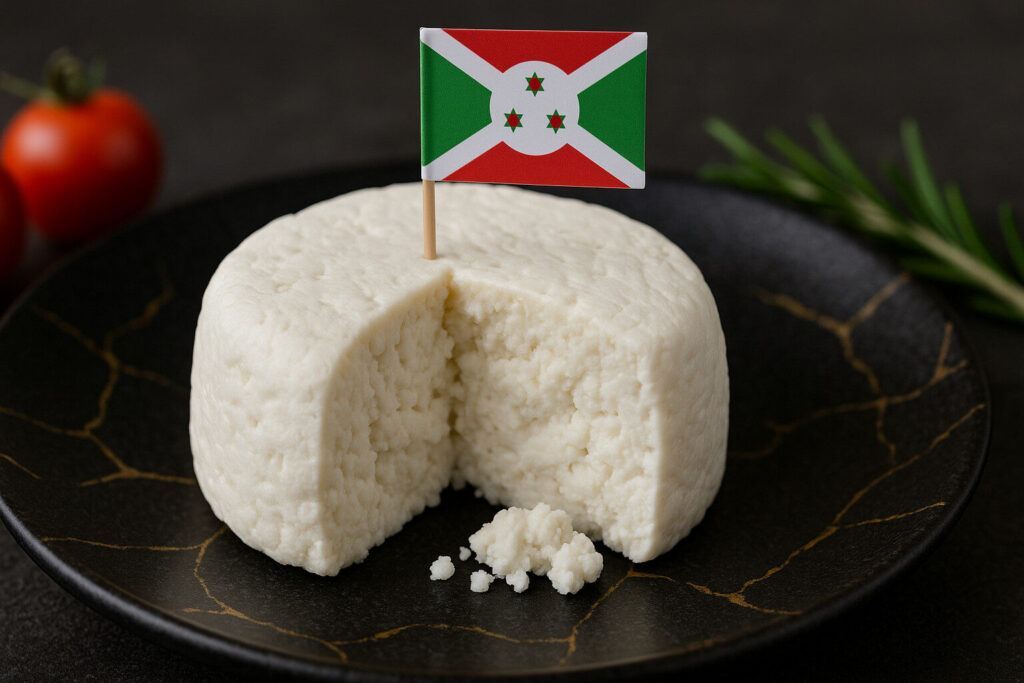Mild Acidity Cheese
Definition and Scope
Mild acidity in cheese refers to a subtle tangy flavor resulting from controlled lactic acid production during fermentation. This characteristic falls within a specific pH range, typically between 5.0 and 5.3, distinguishing it from highly acidic or alkaline cheeses. It represents a balanced sensory property valued across numerous cheese styles for its palate-cleansing effect without overpowering other flavors.
The scope of mild acidity encompasses cheeses where this trait is intentionally developed through precise manufacturing control. It is a defining feature in fresh cheeses like quark and some young goudas, where it contributes to overall freshness. This property also appears in aged varieties when acidity moderates over time, creating complex but gentle flavor profiles.
Production Methods
Producers achieve mild acidity primarily through temperature-controlled fermentation using specific mesophilic starter cultures. These bacteria convert lactose to lactic acid at measured rates, preventing excessive acid accumulation. The process requires careful monitoring of pH levels throughout coagulation and early aging stages to maintain the delicate balance.
Additional techniques include washing curds to remove excess whey and acidity, or blending milk from different seasons. Some cheesemakers employ extended ripening periods where acidity naturally decreases through enzymatic activity. Salt timing and quantity also influence final acidity by regulating bacterial metabolism during critical development phases.
Sensory Profile
Mildly acidic cheeses present a clean, refreshing tang that stimulates saliva production without causing puckering. The acidity typically manifests as a bright note that enhances rather than dominates the flavor spectrum. This characteristic often carries subtle lemony or yogurt-like undertones that complement buttery or milky base flavors.
On the palate, mild acidity creates a lively sensation that cuts through richness, making these cheeses particularly versatile. The acidity level allows other nuances like nutty, earthy, or sweet notes to remain perceptible. Texturally, it often correlates with moist, supple pastes that feel fresh and clean in the mouth.
Culinary Applications
Cheeses with mild acidity perform exceptionally well in applications requiring balance rather than intensity. They melt smoothly in sauces and sandwiches without becoming stringy or overpowering other ingredients. Their refreshing quality makes them ideal for cheese boards where they act as palate cleansers between richer varieties.
These cheeses pair wonderfully with fruits like apples and pears, whose sweetness harmonizes with the gentle tang. They work well in salads where their acidity provides a counterpoint to bitter greens and oily dressings. Many baking recipes incorporate them for their ability to add complexity without dominating the final product.
Regional Examples
French Tomme de Savoie exemplifies mild acidity with its subtle tartness developed through traditional alpine methods. Italian Crescenza showcases this characteristic through its fresh, moist texture and bright lactic notes. These European examples demonstrate how regional techniques consistently produce balanced acidity across different milk types and aging periods.
American-style Monterey Jack frequently displays controlled acidity from specific culture blends and shorter aging. Dutch Gouda, particularly the younger varieties, maintains mild acidity through curd washing techniques. These examples illustrate how cheesemaking traditions worldwide value and preserve this delicate flavor property.


